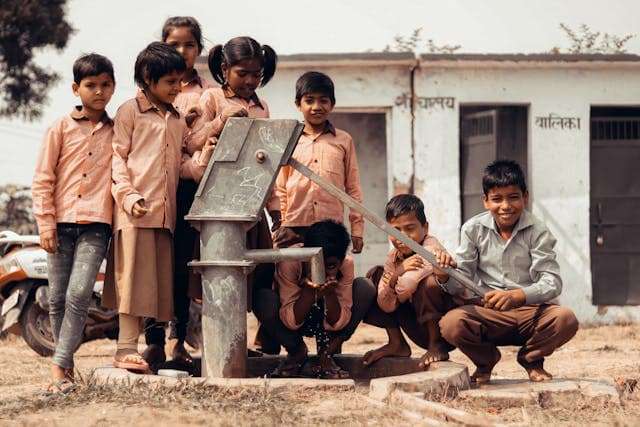Overview:

India faces unique public health challenges, balancing rising obesity rates with persistent malnutrition. Recognizing that health risks can develop at lower BMI levels, India has adjusted its BMI classifications to reflect these realities. This article delves into India’s BMI guidelines, cultural attitudes towards weight, and government efforts to address the double burden of malnutrition and obesity.
Adjusted BMI Classifications in India
India follows modified BMI guidelines tailored to its population, as research shows higher risk for conditions like diabetes and cardiovascular diseases at lower BMIs.
- Underweight: BMI < 18.5
- Normal Weight: BMI 18.5–22.9 (vs. 18.5–24.9 by WHO)
- Overweight: BMI 23–24.9
- Obesity: BMI ≥ 25 (vs. ≥ 30 by WHO)
These lower thresholds aim to address the increased metabolic risks prevalent in Indian populations, including a rising incidence of type 2 diabetes and hypertension.
Public Health Policies and Campaigns
India’s government faces a dual challenge of tackling both under-nutrition and obesity, requiring varied health policies at regional and national levels.
- National Nutrition Mission (POSHAN Abhiyaan):
Launched to combat malnutrition by improving child and maternal health through BMI monitoring and nutrition counseling. - FIT India Movement (2019):
Aims to promote physical fitness and healthy lifestyles by encouraging schools, workplaces, and communities to track BMI and adopt active habits. - Ayushman Bharat Program:
This public health initiative offers free healthcare services, including BMI-based screening for lifestyle diseases such as diabetes and hypertension.
Cultural Attitudes Towards Weight and BMI
India’s cultural attitudes toward body weight are shaped by diverse regional beliefs and economic realities.
- Preference for Larger Body Size:
In some rural areas, being overweight is considered a sign of prosperity and good health, contrasting with urban ideals of thinness. - Social Stigma of Obesity:
In cities, weight gain is increasingly stigmatized, especially among the youth, due to the influence of Western beauty standards. - Malnutrition and Stunting:
Many regions still struggle with under-nutrition, leading to high rates of stunting and low BMI in children, despite rising obesity in adults.
BMI Measurement and Health Tracking in India
The healthcare system in India integrates BMI monitoring into routine check-ups at schools, workplaces, and healthcare facilities.
- School Health Programs:
Schools monitor students’ BMI to identify early signs of malnutrition or obesity. - Mobile Health Apps:
Popular apps like HealthifyMe offer BMI tracking, calorie counting, and diet recommendations in multiple languages, promoting accessible health management.
India’s Double Burden of Malnutrition and Obesity
India’s unique BMI guidelines reflect the complexity of its public health landscape. With obesity and malnutrition coexisting, the government and healthcare providers emphasize early BMI monitoring to prevent lifestyle diseases while addressing malnutrition in children and rural populations.
Learn more about BMI Guidelines and Practices Around the World to see how India compares to other countries.
Useful Links:
- Ministry of Health and Family Welfare (India): https://www.mohfw.gov.in/
- World Health Organization (WHO): WHO BMI Classification














